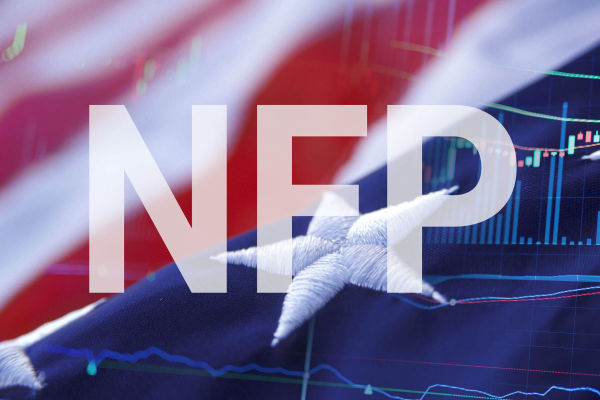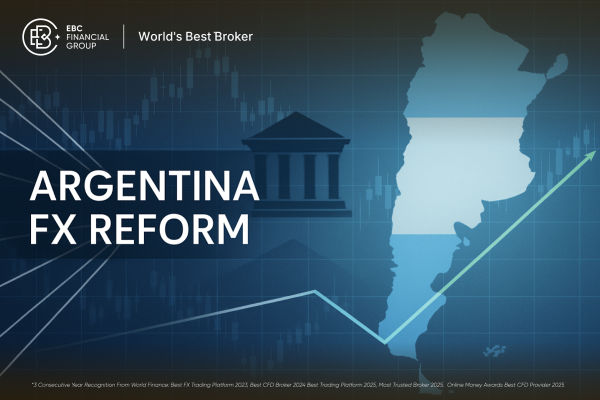NonFarm Payrolls (NFP) Data: Impact on Currency Market
Non-agricultural data refers to the three numerical values of
non-agricultural employment, employment rate, and unemployment rate. It is
divided into pre-value, expected value, and published value. As the name
suggests, it is a data indicator that reflects the employment status of the
non-agricultural population in the United States.

The three data are released at 20:30 Beijing Time (Daylight Saving Time:
April October) and 21:30 Beijing Time (Winter Time: November March) on the first
Friday of each month. The data is from the Bureau of Labor Statistics of the
United States Department of Labor. Non-agricultural data can greatly affect the
dollar value of the money market. A vibrant employment report can drive up
interest rates, making the US dollar more attractive to foreign investors.
Non-agricultural data objectively reflects the rise and fall of the US economy.
In recent exchange rates, the US dollar has been extremely sensitive to this
data: higher than expected, positive for the US dollar, lower than expected, and
negative for the US dollar.
Impact of NonFarm Payroll (NFP) on Currency Market
Non-agricultural data can objectively reflect the state of the US economy,
thereby reflecting the direction of the US dollar. It also has a significant
impact on precious metals and non-US currencies and on the monetary policy of
the Federal Reserve. Non-agricultural data often affects the nerves of investors
in the foreign exchange market, and major financial institutions have also been
making predictions on non-agricultural data.
Nonfarm employment numbers, often referred to as NFP, refer to a type of
employment data released by the United States. It can reflect the development
and growth of the manufacturing and service industries, and a decrease in
numbers represents a reduction in production by enterprises and an economic
downturn. When the social economy is relatively fast, consumption naturally
increases, and positions in the consumer and service industries also increase.
When the number of non-agricultural jobs increases significantly, it indicates a
healthy economic situation that should theoretically be favorable for the
exchange rate and may indicate higher interest rates, while the potential high
interest rates encourage the foreign exchange market to drive more currency
appreciation in the country, and vice versa. Therefore, this data is an
important indicator for observing the degree and status of socio-economic and
financial development. The number of non-agricultural employees is a project in
the employment report, which mainly counts the changes in positions outside of
agricultural production.
NFP is a type of data related to employment and has a significant impact on
the foreign exchange market. Employment data can reflect a country's economic
health, and employment and new employment are crucial for traders' expectations
of the country's medium- to long-term economy.
Employment is the pillar of national economic growth; an increase in
unemployment rates in some countries will in turn affect their economic growth.
So traders will also become concerned about the economic health of these
countries and start selling their currencies, leading to a weakening of their
own currencies against other countries' currencies.
So, if a country's job numbers and other economic indicators aren't good, things won't look positive.



























